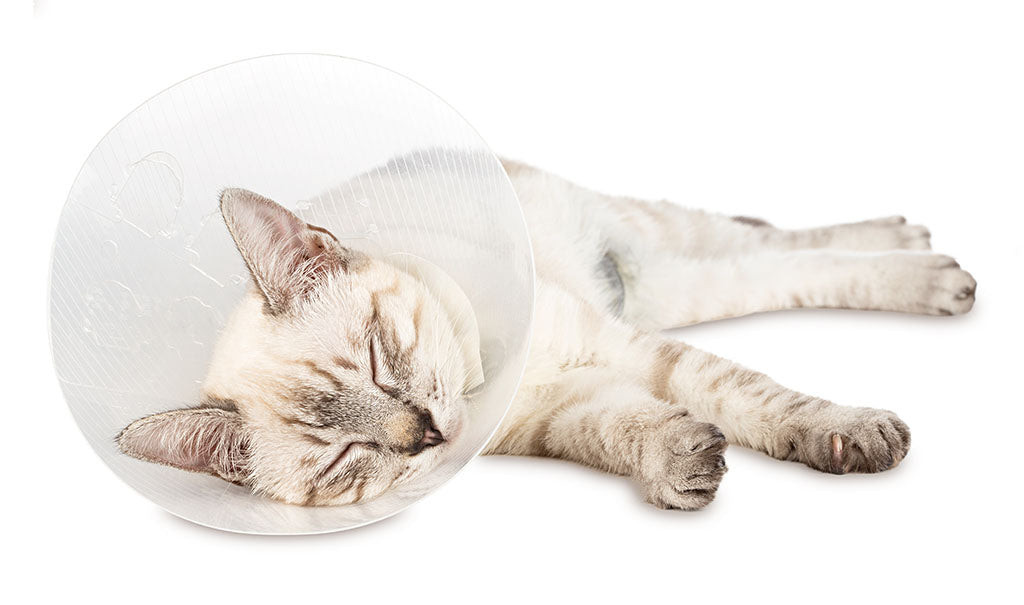

· By Trevor Horne
An Overview Of Feline Anesthesia Procedure
When performing feline anesthesia procedures, the fact of the matter is that there is a higher mortality rate in this procedure than there is for other animals such as dogs. This is despite the fact that the two procedures are performed in veterinary clinics in equal numbers. So what makes a feline anesthesia procedure much more dangerous than for other animals? Part of the problem is that there is a lack of understanding about the precise steps for this procedure.
In this article, we take you through the steps of feline anesthesia procedures for a clear understanding.
Premedication
Feline anesthesia procedure stipulates that certain drugs can be used as premedication before the anesthesia procedure. Some of these drugs that are recommended include butorphanol, hydromorphone among many others. All these drugs are generally safe and have limited side effects. One of the drugs to note is acepromazine which is known to produce inconsistent effects. Many veterinarians have also noted its tendency to cause hypertension. Another drug to use with care is benzodiazepine. In fact, veterinarians are urged not to use it as it is known to cause agitation and dysphoria. Before inducing anesthesia, it is recommended that an IV catheter be placed which makes it easier for the surgeon to deliver emergency drugs or any other kind of drugs that may be needed.
Induction
The next step in this procedure is induction and this utilizes a number of machines and drugs. Popular drugs used for this process include ketamine, telazol, and many others. They are typically introduced intramuscularly and sometimes subcutaneously. One thing to note during this procedure is that it is wise to avoid chamber induction. This is especially in the cases of agitated cats which can easily develop cardiovascular depression due to the large amount of anesthetic gas that is needed for the process.
When it comes to intubation, it is important that special care be taken in order to avoid tracheal tears. In fact, one of the leading causes of feline death during feline anesthesia is blocked airways that are a result of improper intubation.
Complications During Anaesthesia
There are a number of conditions that can arise during feline anesthesia procedures. The three most common include hypothermia. Here, the temperature of the feline drops precariously and can be fatal without proper management. To manage this condition, the first thing that the veterinarian surgeon must do is to monitor the temperature of the feline very closely. Any changes in temperature should be stabilized immediately. This can be done through active warming interventions, limiting how much of the cat’s fur is trimmed, and so on. IV fluids and surgical scrubs can also be used to manage hypothermia in felines.
Post-surgery, felines have been known to experience a sharp rise in body temperature. This is known as hyperthermia and surgeons also need to be on the lookout for this. Common interventions that are used to manage this problem include cooling machines as well as fans.
